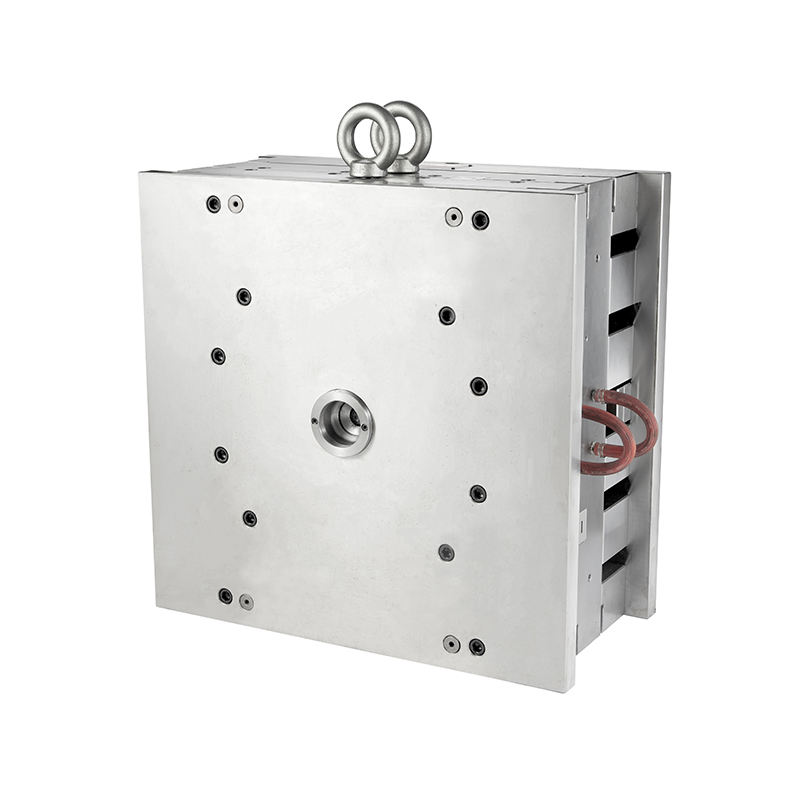 2025.05.26
2025.05.26
 News
News
Injection molding is one of the widely used manufacturing processes for producing plastic products in large quantities. As industries continue to evolve, the demand for high-quality, precise, and cost-effective molded parts is steadily increasing. This is where the role of the injection mold factory becomes significant, offering an array of advantages to meet these needs. The ability to produce complex shapes, consistent quality, and high-volume production has positioned injection molding as a crucial technique in sectors such as automotive, electronics, healthcare, and consumer goods. The opportunities for the appearance of injection molds are increasing as both technological advancements and industry demands continue to push the boundaries of what is possible in molding processes.

Rising Demand for Precision in Manufacturing
In today's competitive manufacturing landscape, precision is a critical factor in ensuring the quality of products. Injection molding allows for the creation of intricate and highly detailed components, and injection mold factories play a pivotal role in this process. The demand for high-precision molds has been rising, especially in industries like electronics, medical devices, and automotive components, where small tolerances and exact specifications are necessary.
The increase in demand for precision-driven industries presents an opportunity for the appearance of injection molds. Injection molds are designed with exacting tolerances that ensure a fit every time, which is essential in the production of high-performance parts. As these industries expand, the need for more specialized injection molds also grows, further solidifying the importance of injection mold factories in the production process.
Versatility in Material Choices
One of the key advantages of injection molding is the ability to work with a wide variety of materials, including thermoplastics, thermosets, elastomers, and even metals. Injection mold factories are able to create molds that cater to different material properties, allowing manufacturers to select the material for their product's requirements.
The versatility of injection molding materials gives rise to significant opportunities for the appearance of injection molds across a broad spectrum of industries. For example, the medical industry uses biocompatible plastics for implants and devices, while the automotive industry utilizes durable thermoplastics for lightweight and strong components. With advancements in material science, injection mold factories can now produce molds that work with innovative materials, opening new doors for industries that require specialized plastic products.
Cost Efficiency in High-Volume Production
Another primary driver for the appearance of injection molds is the ability of the process to produce large volumes of parts with minimal costs. Once an injection mold is designed and manufactured, it can produce thousands or even millions of identical parts with very little variation. This efficiency makes injection molding a go-to solution for mass production, especially for products that require high-volume runs, such as consumer goods, packaging, and automotive components.
For businesses looking to scale their production without significantly increasing costs, the injection mold factory presents an opportunity to meet these demands effectively. The high-volume production capacity of injection molding allows manufacturers to lower unit costs as the production volume increases. This cost advantage makes injection mold factories indispensable, particularly in industries where high-volume production is crucial for meeting market demand.
Innovations in 3D Printing and CAD Technology
Technological innovations, particularly in the fields of 3D printing and computer-aided design (CAD), have revolutionized the way molds are created. Injection mold factories are leveraging these advancements to improve the design, development, and production of molds. With the integration of 3D printing, it is now possible to quickly prototype mold designs and test them for functionality before committing to full-scale production.
This technological leap allows for faster turnaround times and more precise molds, enabling the injection mold factory to meet the increasing demand for rapid production cycles. The ability to rapidly iterate and optimize mold designs presents a significant opportunity for the appearance of injection molds in a wide range of industries that require agility and quick time-to-market for new products.